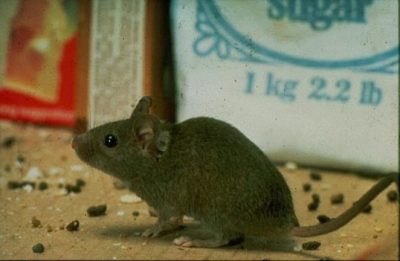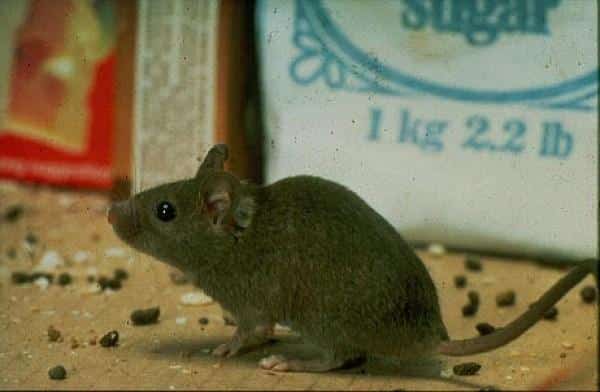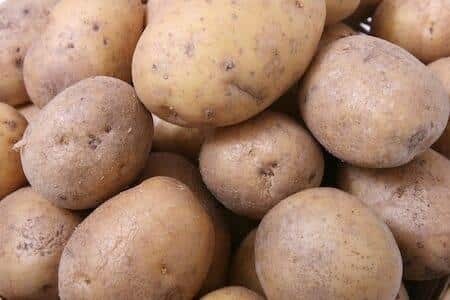 Long-term food storage is a challenge. Generally speaking, foods do not keep well for an extended period of time, except in the case of a few rare foods like honey. That’s why so many different methods of food preservation have been developed over the years. Many of these methods, while ancient, are still in use in pretty much the same form that they were originally created.
Long-term food storage is a challenge. Generally speaking, foods do not keep well for an extended period of time, except in the case of a few rare foods like honey. That’s why so many different methods of food preservation have been developed over the years. Many of these methods, while ancient, are still in use in pretty much the same form that they were originally created.
Even with proper preservation methods, many types of food won’t keep long. Actually, that’s not the fault of the food or the preserving method chosen. Often, it’s the fault of the packaging. Food bought in the supermarket isn’t packaged for long-term storage. In most cases, they are expecting that you will consume your purchases within a couple of months. Manufacturers package their food products with this in mind — not bothering to protect it for longer periods of time.
There is an exception to this: canned foods. Most canned foods will keep for 10 years or longer, without any further methods used. All that needs to be done is to keep the cans from rusting and keep them in a relatively cool place.
The biggest reason why most foods don’t keep for long periods of time is that you and I aren’t the only ones who want to eat them. There are many other creatures that eat the same foods that you and I eat. In addition, there are natural forces that work against our food, reducing its flavor and nutritional value. To protect our food stocks so that they can be used long-term, we must watch out for the five enemies:
- Oxygen
- Moisture
- Heat
- Bacteria
- Rodents
If we can effectively keep those five things away from our food stores, then most properly preserved and packaged foods will last 10, 15 or even 20 years.
To do this requires a combination of proper packaging and proper storage. What I mean by proper storage is keeping the food in a cool, dark, dry place. That alone will eliminate two of the five food enemies: moisture and heat.
Could Famine And Hunger Come To America?
Oxygen, moisture and heat work together to do two things, oxidize food and make it go stale. Oxidation is a chemical reaction, where the nutrients in the food are chemically changed to another form; it’s one that doesn’t provide us with the nutrition that the food is intended to provide us with. This is the major reason that food loses its nutritional value over time.
Those three also affect the growth of bacteria. Most food preservation techniques are focused on destroying bacteria and preventing it from re-entering the food, more than anything else. That’s because food spoilage is normally associated with bacteria. Bacteria eat the food, leaving behind non-nutritious or even poisonous by-products. Therefore, the elimination of bacteria is a very important part of food preservation and storage.
The two major ways of killing off bacteria in food are the use of salt and heat. Bacteria die off at 158oF. So, if food is brought to that temperature and held there for several minutes, the bacteria die. Canning works by this method, killing off the bacteria that naturally exist within the food.
Salt and sugar (yes, sugar can be a preservative) work by removing water from the food by a process known as osmosis. Essentially, when salt or sugar is placed on any food, they draw the water out of it, in an attempt to equalize the salinity and water levels inside and outside the food. This lowers the water content to the point of not supporting bacterial life. At the same time that the salt (or sugar) is drawing the water out of the food’s cells, it draws it out of any bacteria, killing it.
We can see from this that proper preservation methods do a wonderful job of foiling the efforts of bacteria; even though they do not necessary do much to stop oxidation of food. Proper storage does more to stop the destruction of food by oxygen, moisture and heat. But, what can we do to stop rodents from getting into the food as well?
This is a matter of packaging as well. Caning does a great job of keeping rodents out. Unfortunately, canning can only be used for wet foods, not dry foods. Most packaging methods that are used for dry foods aren’t tough enough to keep rodents out. But by repackaging these dry foods, you can protect them from all five of the enemies at the same time.
The method I’m referring to is that of storing food stocks in five-gallon plastic buckets. While this may be a little more complicated than just putting boxes of food in the pantry, it will keep most types of foods fresh and usable for as much as 20 years.
To package food in this manner, you’ll need:
- Five-gallon food grade plastic buckets. Food grade buckets will be white and marked as food grade.
- Six gallon Mylar bags (you can purchase these online).
- Oxygen absorbers (you can also purchase these online).
- A vacuum cleaner with a hose.
- A hair straightener or clothes iron.
- Enough food to fill the buckets.
Start by putting the Mylar bags, open, in the five gallon buckets; one per customer. Then, fill them with food, stopping about an inch below the rim of the bucket. You can either keep the food in its original packaging, placing the packages in the Mylar bags or remove it from the original packaging and place it in the bags. Most people only put one type of food in a bucket.
With the hair straightener or clothes iron, seal the top edge of the bag, leaving a two inch area unsealed at one side. Drop in an oxygen absorber and suck as much air as you can out of the bag with the vacuum. Then, heat seal the bag the rest of the way.
The size of oxygen absorber you need varies with the type of food you are storing. Internet vendors who sell these can tell you the exact quantity you will need per bucket, based upon the food that is stored inside. From the time you take the oxygen absorber out of its package to the time you finish the process, you need to move rapidly, as the oxygen absorbers are very fast acting. If you take too long, they will go bad.
With the lid sealed on the bucket and the contents sealed in a Mylar bag, none of the five enemies can get to your food stores and destroy them. Be sure to store the buckets in a cool, dry area, such as a basement, to help your food stores last the longest.










